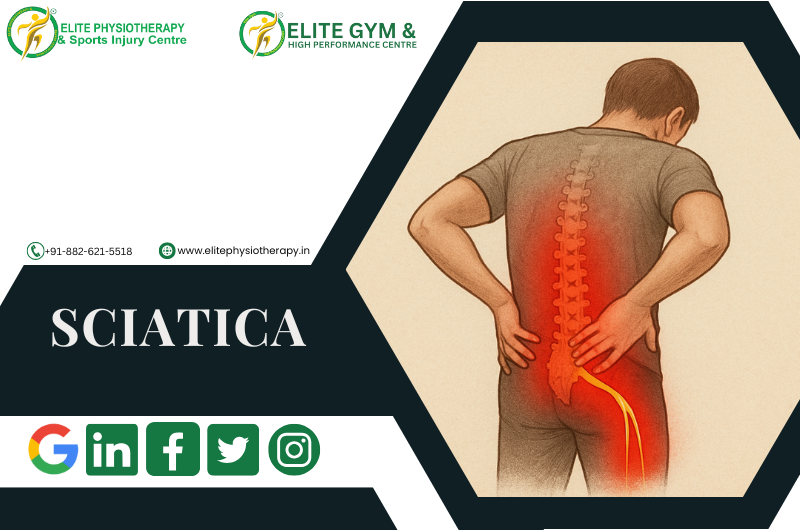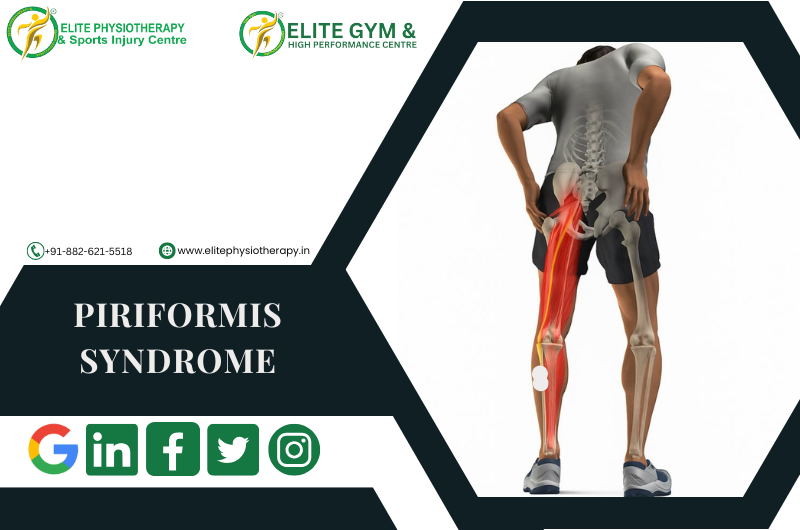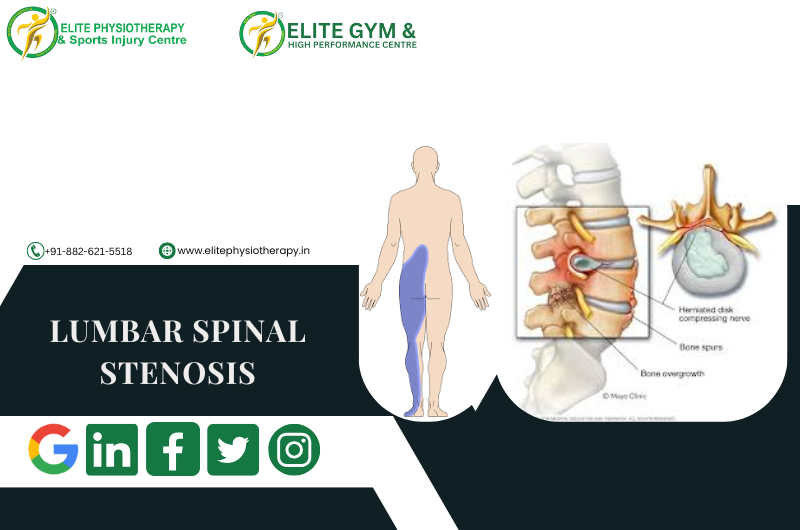A chronic inflammatory disease that mostly affects the axial skeleton, ankylosing spondylitis (AS) can cause pain, stiffness, and even spinal fusion. To effectively manage AS, we at Elite Physiotherapy and Sports Injury Centre provide individualized, evidence-based physiotherapy interventions.
Understanding Ankylosing Spondylitis
The hallmark of ankylosing spondylitis, a form of axial spondyloarthritis, is inflammation in the spine and sacroiliac joints. Parts of the spine may fuse as a result of the new bone that forms as a result of this inflammation over time. Although the precise reason is yet unknown, genetic factors—specifically, the presence of the HLA-B27 gene—have a significant impact. Environmental variables may also influence the start and progression of disease.
Causes and Classification
AS is under the category of inflammatory rheumatic diseases known as spondyloarthritis. An autoimmune reaction, in which the body’s immune system targets its own tissues, is thought to be the main cause. One known risk factor is genetic predisposition, particularly the HLA-B27 gene. Infections and other environmental causes may also contribute to the development of disease.
Clinical Features and Symptoms
Common symptoms of AS include:
- Persistent stiffness and discomfort in the lower back, particularly in the morning or after extended periods of inactivity.
- Peripheral joints such as the shoulders, knees, and hips may experience pain and swelling.
- Inflammation where tendons and ligaments connect to bones is called enthesitis.
- Fatigue and decreased mobility.
- A stiff spine may result from spinal fusion in more advanced stages.
Diagnostic Methods
Diagnosis of AS involves:
- Clinical Evaluation: Evaluation of medical history and symptoms.
- Imaging: MRI or X-rays to identify alterations in the spine and sacroiliac joints.
- Laboratory Tests: Blood tests to look for the HLA-B27 gene and indicators of inflammation.
Physiotherapy Management at Elite Physiotherapy and Sports Injury Centre
At Elite Physiotherapy and Sports Injury Centre, we provide a comprehensive physiotherapy approach tailored to the needs of AS patients:
1. Assessment Techniques
- A comprehensive evaluation is carried out utilizing:
- Postural Analysis: Finding any anomalies or compensatory patterns.
- Range of Motion (ROM) Measurements: Evaluating joint mobility and flexibility.
- Strength Testing: It is the process of assessing the endurance and strength of muscles.
- Special Tests: To evaluate spinal and sacroiliac joint involvement, particular orthopedic tests are used. such as the Schober test, the SI compression test, and Gaenslen’s test, etc.
2. Treatment Modalities
To improve therapeutic results, we use cutting-edge modalities:
- Shock Wave Therapy: Using acoustic waves, shock wave therapy helps musculoskeletal tissues repair.
- Super Inductive System: Reduces pain and inflammation by stimulating deep tissues with high-intensity electromagnetic fields.
- High-Intensity Laser Therapy: Reduces inflammation and speeds up tissue repair by using concentrated light.
- Dry Needling and Cupping Therapy: Uses specific procedures to relieve pain and tightness in the muscles.
3. Exercise Therapy
A personalized exercise program focusing on:
- Exercises for Spinal Mobility: To preserve and enhance flexibility.
- Strengthening exercises: These support spinal alignment by focusing on the postural and core muscles.
- Aerobic Conditioning: To lessen tiredness and increase general fitness.
Why Choose Elite Physiotherapy and Sports Injury Centre?
Our center offers:
- Expert Physiotherapists: Specialized in managing complex conditions like AS.
- State-of-the-Art Equipment: Utilizing advanced therapeutic modalities.
- Holistic Approach: Addressing physical, emotional, and lifestyle aspects of AS.
- Personalized Care: Tailored treatment plans to meet individual needs.
If you’re experiencing symptoms of Ankylosing Spondylitis or seeking specialized care, contact Elite Physiotherapy and Sports Injury Centre today. Our dedicated team is here to support you on your journey to better health and mobility.










